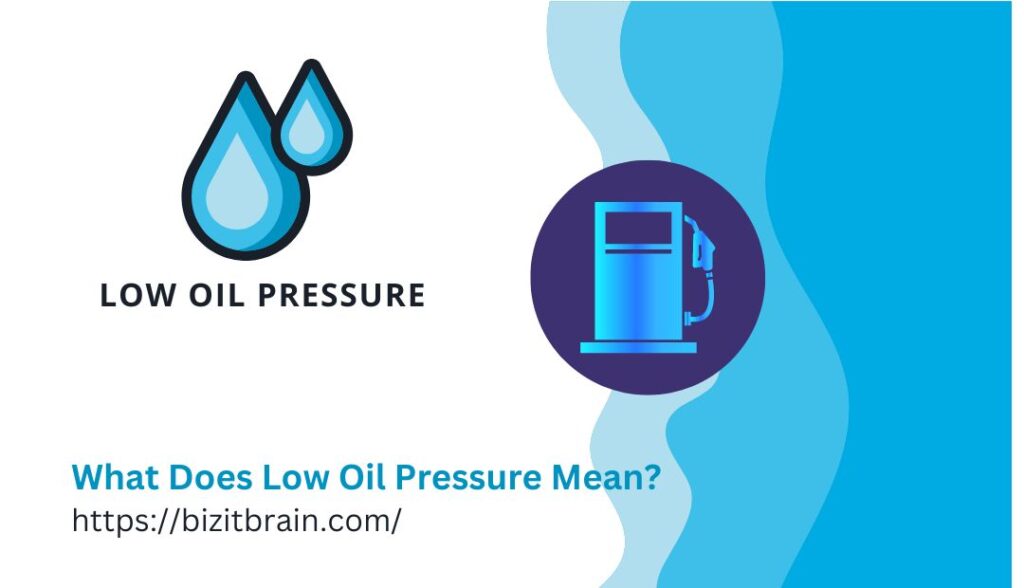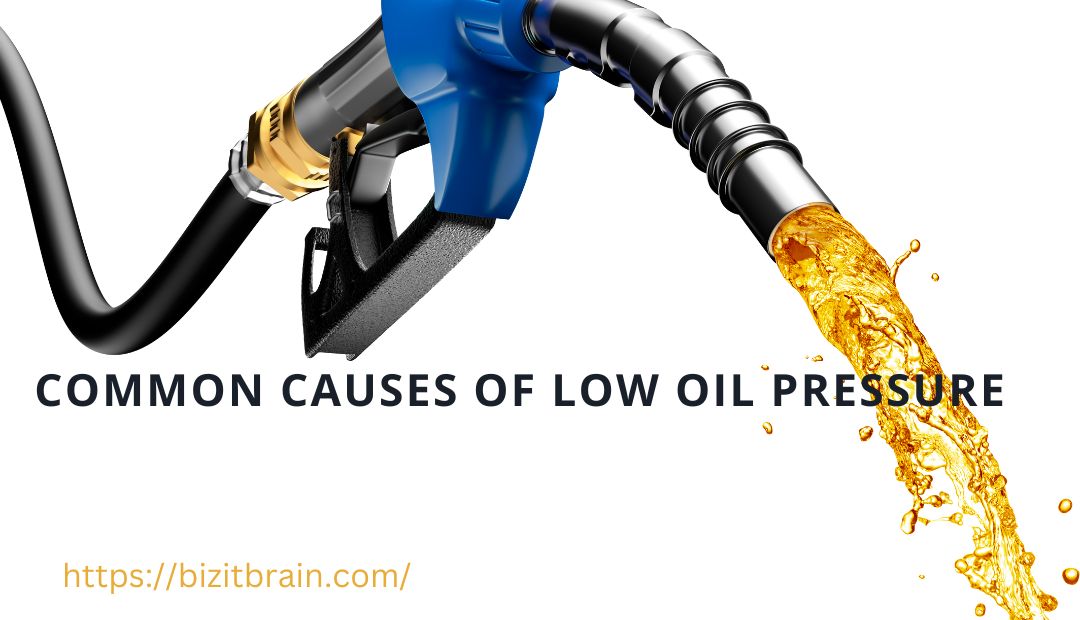
what does low oil pressure mean is a critical issue that can affect the health and longevity of your vehicle’s engine. Understanding what it means, how to identify it, and how to respond can save you from significant engine damage and costly repairs. This article explores the various aspects of low oil pressure, including its causes, symptoms, and potential solutions.
What is Oil Pressure?
Oil pressure refers to the force that pushes oil through the engine’s lubricating system. It is essential for reducing friction between moving parts, cooling the engine, and ensuring the smooth operation of various components. Without adequate oil pressure, the engine parts could grind against each other, leading to severe damage.
Why is Oil Pressure Important?
Maintaining proper oil pressure is crucial for the engine’s overall health. It ensures that all moving parts are adequately lubricated, reducing wear and tear. Low oil pressure, if left unchecked, can lead to catastrophic engine failure, resulting in expensive repairs or even the need for a complete engine replacement.
How is Oil Pressure Measured?
Most vehicles are equipped with an oil pressure gauge or warning light on the dashboard. Normal oil pressure levels vary depending on the engine type and manufacturer specifications but usually range between 20 to 60 PSI when the engine is running.
Types of Oil Pressure Issues
- Low Oil Pressure: Indicates that the oil is not circulating through the engine effectively.
- High Oil Pressure: Could indicate a blockage in the oil passage or a malfunctioning pressure relief valve.
Common Causes of Low Oil Pressure
Insufficient Oil Level
The most common cause of low oil pressure is a low oil level in the engine. This can be due to oil leaks, burning oil, or simply not topping up the oil when necessary.
Oil Pump Failure
If the pump fails, oil pressure drops, leading to inadequate lubrication.
Worn Engine Bearings
Worn-out bearings can cause gaps in the engine’s components, leading to a drop in oil pressure.
Oil Viscosity Issues
Using the wrong oil viscosity for your engine can result in low oil pressure. Thicker oils may not flow as freely, especially in cold conditions.
Oil Pressure Sending Unit Malfunction
The oil pressure sending unit is responsible for sending the oil pressure reading to the gauge. If this unit malfunctions, it can give a false low oil pressure reading.
Symptoms of Low Oil Pressure
Warning Light on Dashboard
Most vehicles have a dashboard warning light that illuminates when oil pressure is too low.
Engine Noise
If you hear unusual noises like knocking or ticking from the engine, it may be due to low oil pressure.
Overheating
Insufficient oil pressure can cause the engine to overheat due to increased friction between moving parts.
Diagnosis and Tests for Low Oil Pressure
Checking Oil Level
The first step in diagnosing low oil pressure is to check the oil level using the dipstick.
Inspecting the Oil Filter
Remove and inspect the oil filter to see if it’s clogged or damaged.
Testing the Oil Pressure Sensor
Use a multimeter to test the oil pressure sensor and ensure it’s functioning correctly.
Mechanical Oil Pressure Test
A mechanical gauge can provide an accurate reading of the oil pressure and help diagnose the problem.
Inspecting Engine Bearings
Worn engine bearings can be inspected by a professional mechanic to determine if they’re causing the issue.
Treatment and Solutions for Low Oil Pressure
Adding or Changing Oil
If the oil level is low, simply adding oil can resolve the issue. However, if the oil is old or contaminated, a full oil change is necessary.
Replacing the Oil Pump
If the oil pump is faulty, it will need to be replaced to restore proper oil pressure.
Cleaning or Replacing the Oil Filter
A clogged oil filter should be cleaned or replaced to ensure proper oil flow.
Repairing Engine Bearings
Worn bearings may need to be replaced to restore the engine’s oil pressure.
Using the Correct Oil Viscosity
Ensure you’re using the manufacturer-recommended oil viscosity for your engine to maintain proper oil pressure.
Preventive Measures for Low Oil Pressure
Regular Oil Changes
Regular oil changes are essential to maintain proper oil pressure and engine health.
Routine Inspections
Regular inspections of the oil level, oil pump, and other engine components can prevent low oil pressure issues.
Using Quality Oil and Filters
Using high-quality oil and filters can prevent clogging and ensure proper oil flow.
Monitoring Oil Pressure Gauge
Keep an eye on the oil pressure gauge or warning light on the dashboard to catch any issues early.
Personal Stories and Case Studies
Case Study: Engine Failure Due to Ignoring Low Oil Pressure
A vehicle owner ignored the low oil pressure warning light, leading to catastrophic engine failure and a costly engine replacement.
Personal Story: How Regular Maintenance Prevented Major Repairs
A car enthusiast shares how regular oil changes and inspections helped maintain proper oil pressure and avoid significant repairs.
Expert Insights
Advice from a Professional Mechanic
A professional mechanic emphasizes the importance of regular maintenance and paying attention to warning signs like low oil pressure.
Insights from an Automotive Engineer
An automotive engineer explains the technical aspects of oil pressure and why it’s vital for engine performance and longevity.
Conclusion of what does low oil pressure mean
Low oil pressure is a serious issue that can lead to extensive engine damage if not addressed promptly. Understanding the causes, symptoms, and solutions can help you maintain your vehicle’s health and avoid costly repairs. Regular maintenance, including oil changes and inspections, is key to preventing low oil pressure and ensuring your engine runs smoothly.
